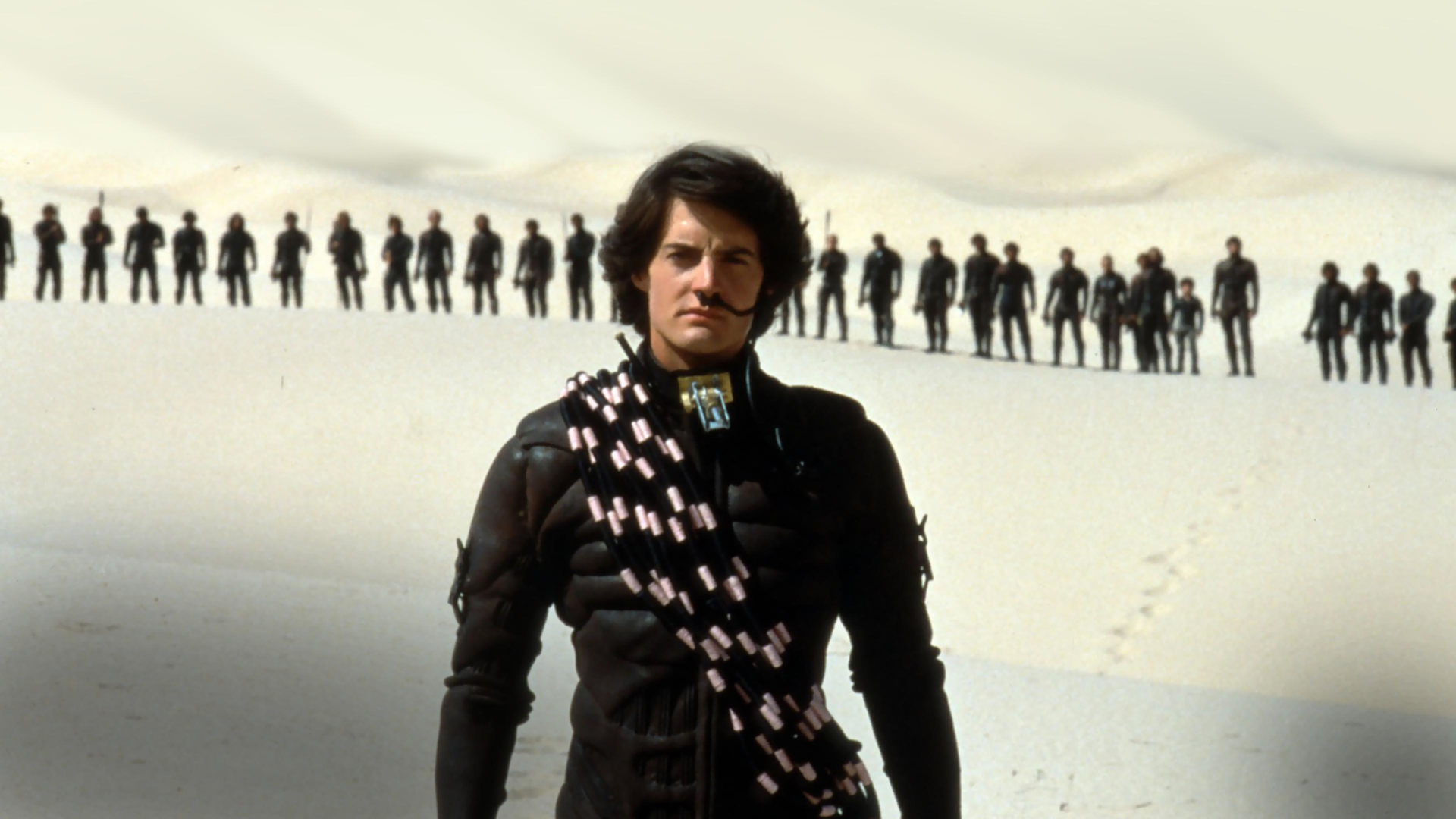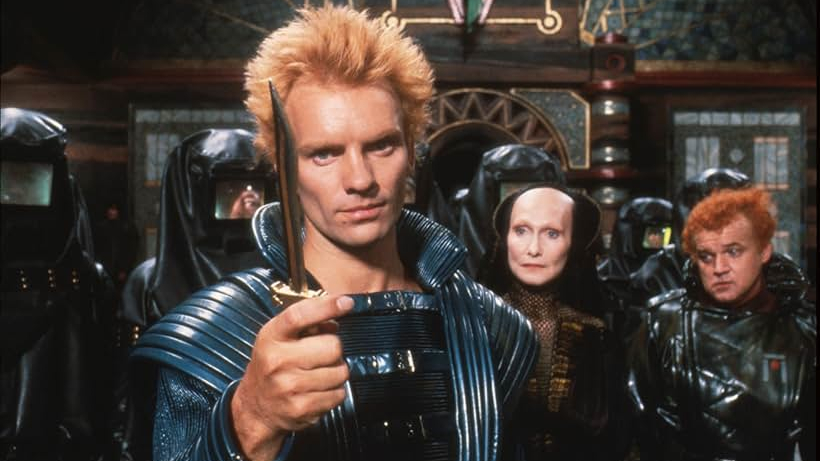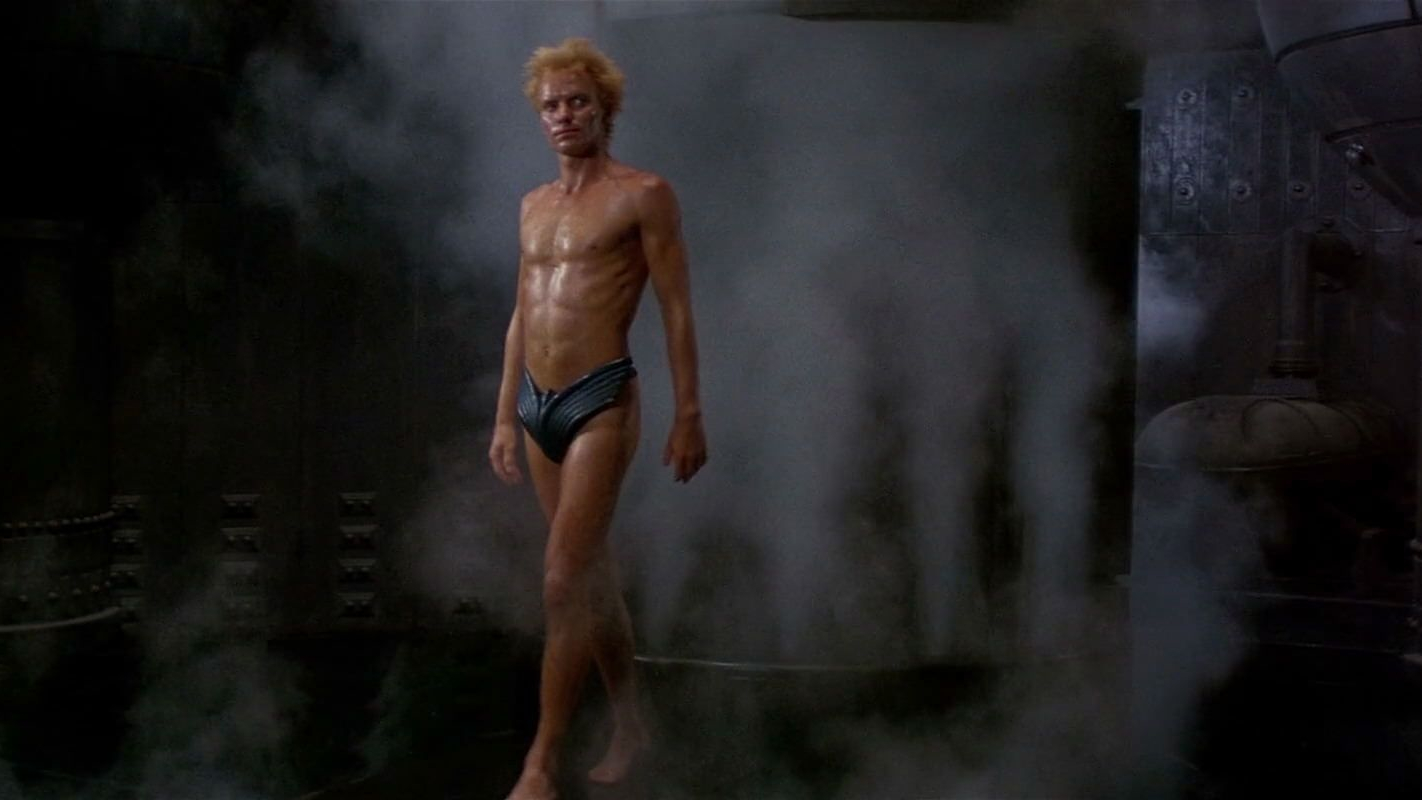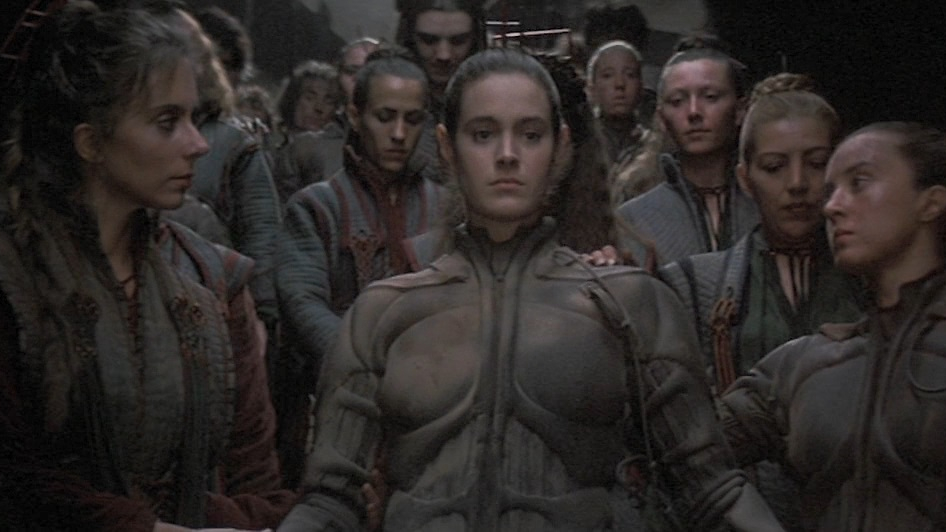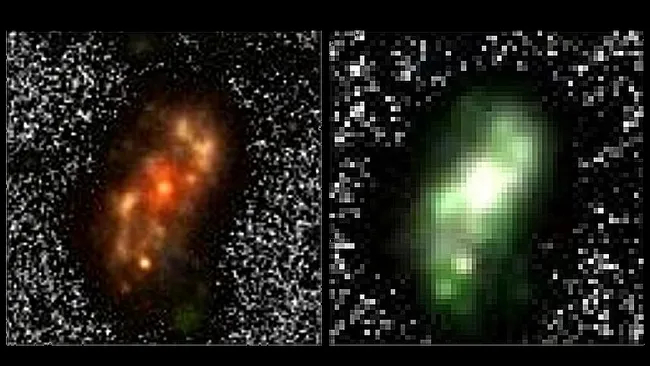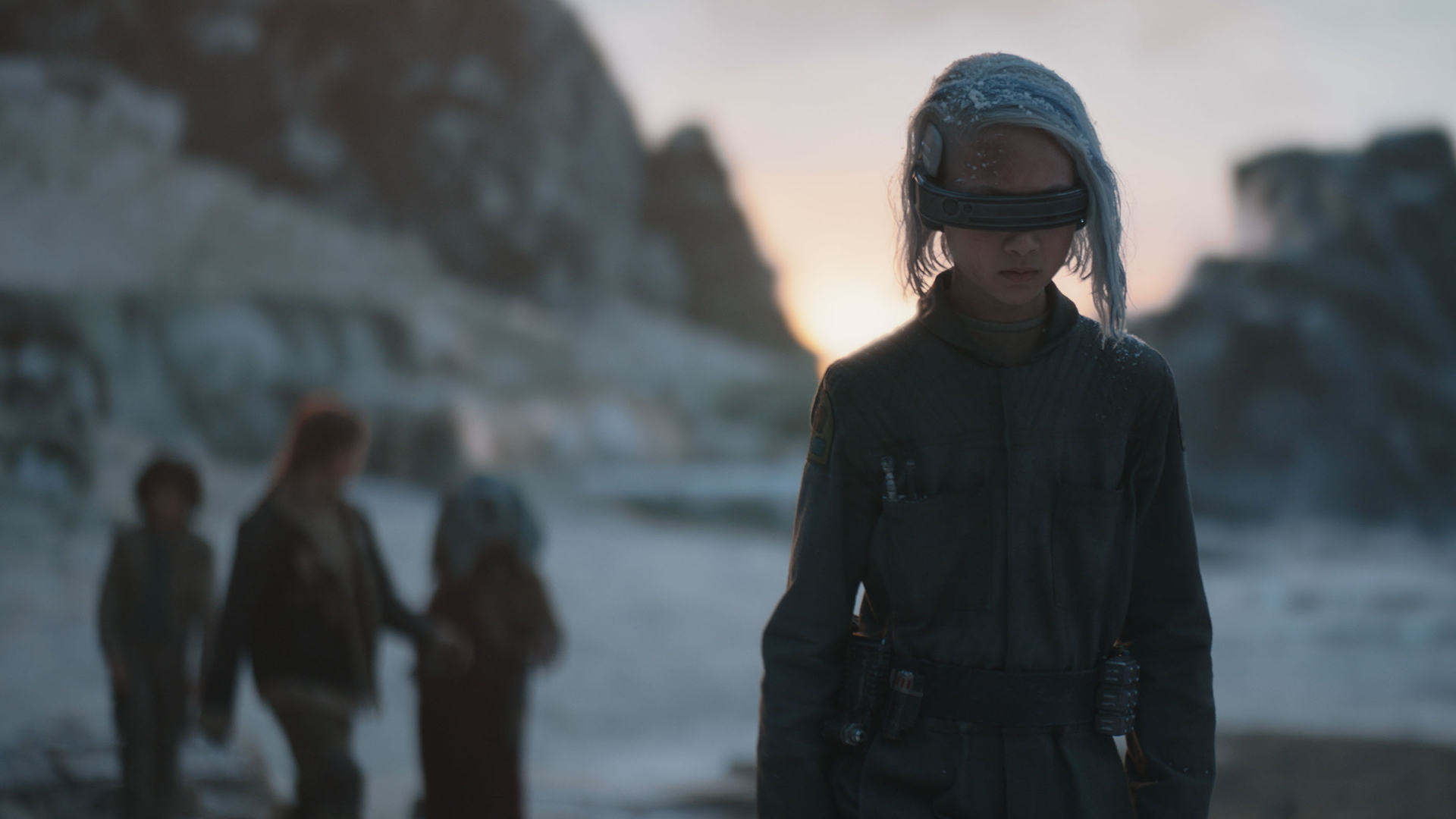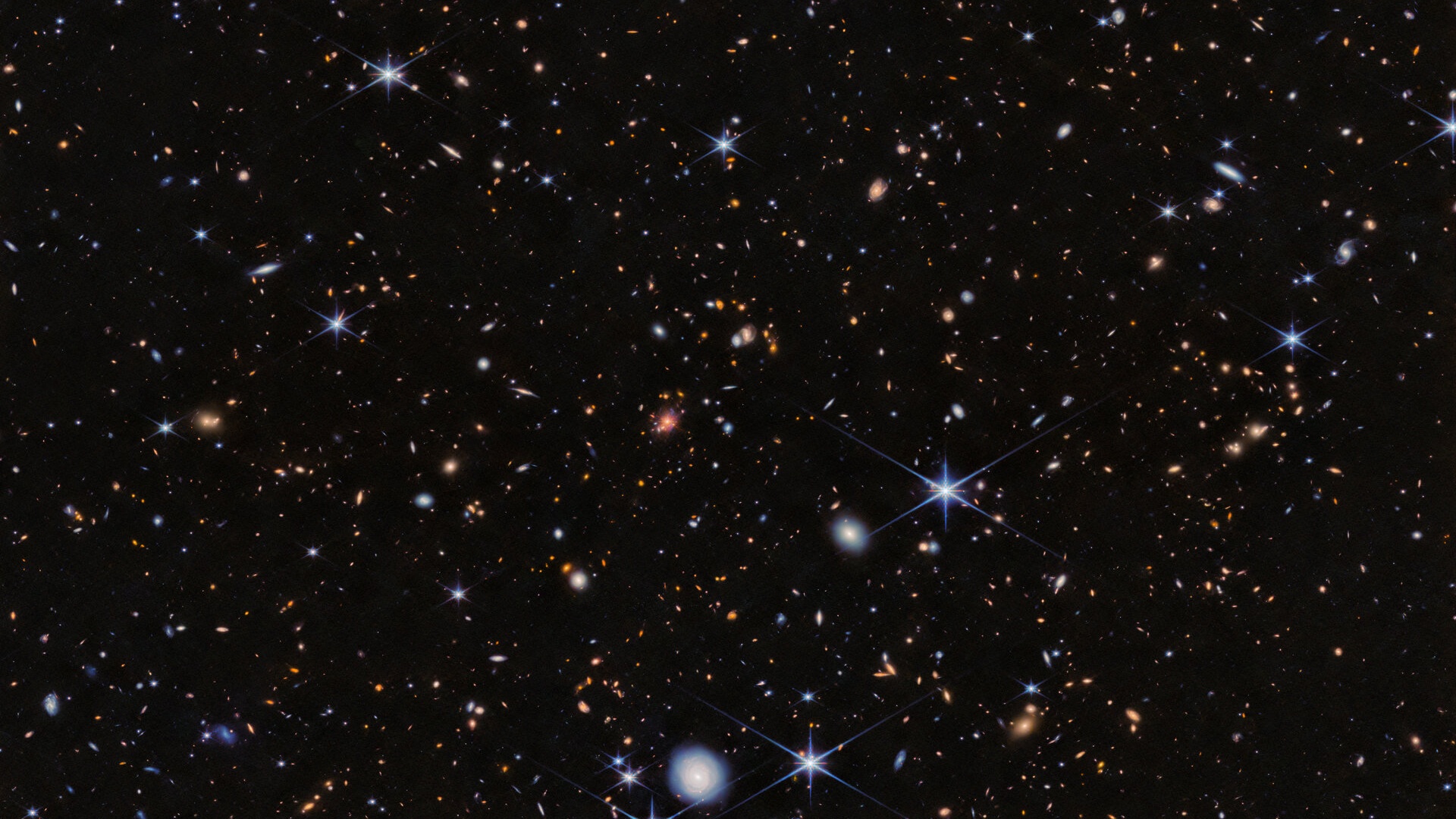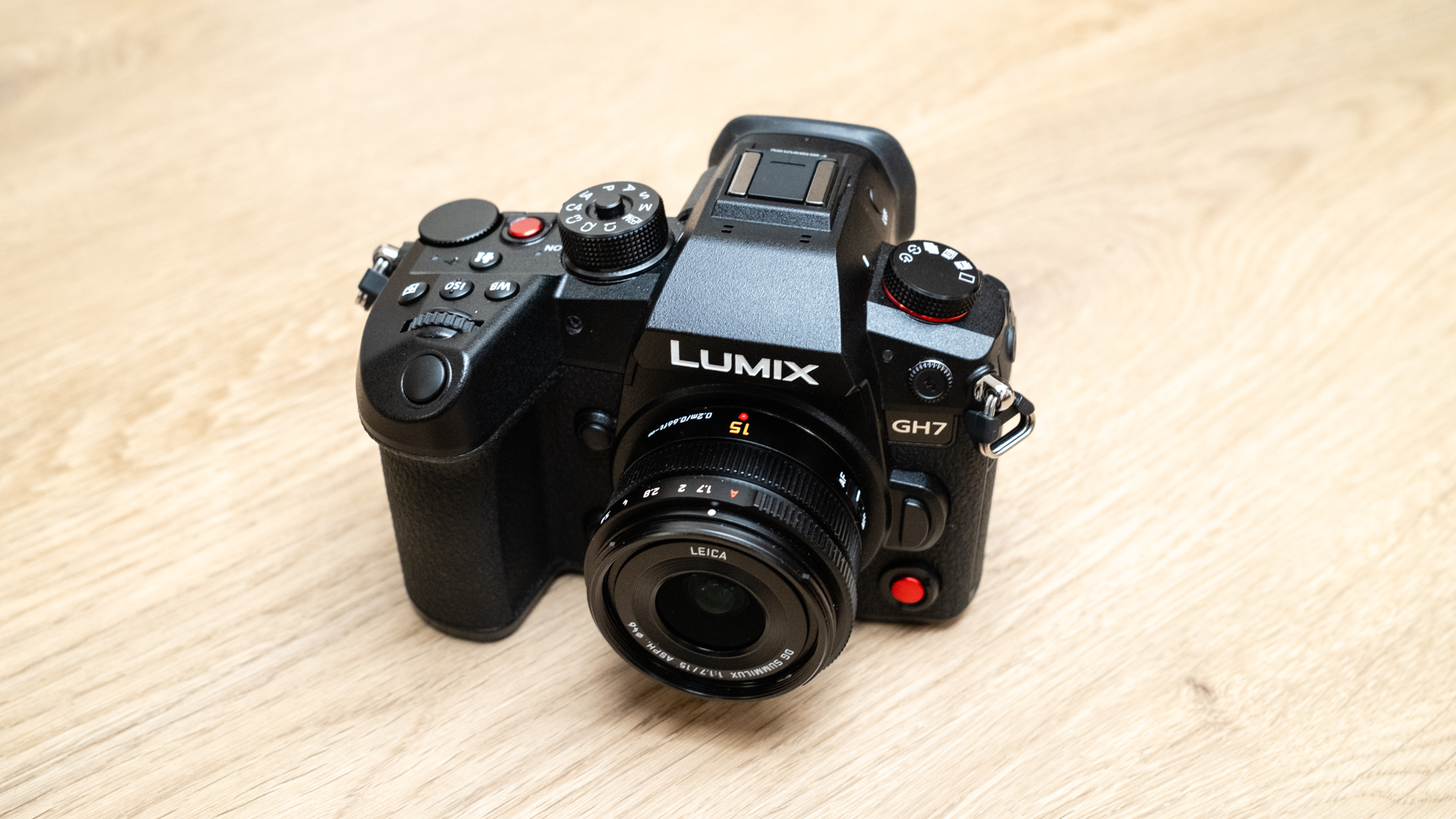Frank Herbert’s sprawling sci-fi novel was never likely to be tamed in the space of a single movie. Now that “Dune: Part Two” has completed Denis Villeneuve’s spice odyssey in box-office smashing style (until the director gets round to making “Dune: Messiah“, at least), it’s more obvious than ever that David Lynch’s 1984, single-film adaptation of a crown jewel of genre literature was always as doomed as poor Leto Atreides. Nonetheless, four decades later the director’s version of “Dune” remains an intriguing, if seriously weird, misfire.
In a parallel universe, Lynch might have made “Return of the Jedi” instead. The director, then the toast of Hollywood thanks to his work on the Oscar-nominated “The Elephant Man”, ultimately turned down George Lucas’s offer of a trip to a galaxy far, far away. But it wasn’t long before he was hitching another ride into outer space, bankrolled by eccentric “Flash Gordon” producer (and subject of many a Hollywood anecdote) Dino De Laurentiis.
Like “Flash Gordon”, “The Black Hole”, “Krull” and numerous other sci-fi/fantasy movies of the era, “Dune” 1984 was at the vanguard of Hollywood’s effort to cash in on the phenomenal success of “Star Wars“. There’s a degree of irony, then, that it’s Villeneuve’s movies that take more inspiration from Lucas’s beloved trilogy, effectively bringing things full circle after “Star Wars” borrowed liberally from Herbert’s desert planet setting and “kid with a messianic destiny” plot.
Where Villeneuve doubled down on Lucas’s gritty, used aesthetic to create a believable space-faring universe — a stylistic choice that’s become the blueprint everywhere from “Alien” to “Rebel Moon” — Lynch’s more fantastical film embraces the absurd. With their implausibly ornate eyebrows, the mentats (human computers) look like something out of a Terry Gilliam movie, while the costumes lean towards the elaborate — there’s no question Lynch’s Arrakis exists in a similar orbit to “Flash Gordon”‘s Mongo.
The portrayal of the tyrannical Harkonnens is particularly egregious, their ludicrous bright orange hair and penchant for the theatrical ensuring they never convince as the villains of the piece.
Kenneth McMillan effectively plays the grotesque patriarch Baron Vladimir for laughs, creating a jarring contrast with the character’s casual cruelty. Sting, meanwhile, brings plenty of rock star energy to the psychotic heir apparent Feyd-Rautha, but — largely thanks to his bizarre, highly-memeable choice of underwear — he’s no Darth Vader. Neither can compete with Villeneuve’s chilling, hairless reimagining of the most despised family on Arrakis — Stellan Skarsgård (as the Baron) and Austin Butler (as Feyd-Rautha) are both as threatening as they are charismatic.
It’s in the storytelling department, however, that “Dune” 1984 fares particularly badly in comparison to its 21st-century usurper.
Frank Herbert’s original novel — a story so dense with lore that it comes with its own glossary — is harder to adapt than most, and it’s worth noting that both Lynch and Villeneuve’s retellings are liable to leave “Dune” newbies a tad confused. Indeed, Villeneuve’s much-lauded duology arguably fails to convey why the spice/melange found on Arrakis is such an intergalactic big deal. The Navigators, mutated humans whose excessive spice use gives them the vision to steer starships through folded space, are barely a footnote.
But let’s not pretend that the expanded presence of Navigators — imagined as freaky, fish-like puppets by ET designer Carlo Rambaldi — gives Lynch’s movie a free pass. Herbert’s original novel makes extensive use of its characters’ internal monologues, but this unashamedly literary device feels incredibly clunky when Kyle MacLachlan (Paul), Francesca Annis (Lady Jessica), and other members of the cast dump their thoughts via voiceover. The 1984 film’s few female characters are also woefully underserved, with Paul’s Fremen love interest Chani (“Blade Runner”‘s Sean Young), in particular, having little more to do than simper over the wannabe savior of Arrakis.
In contrast, most of the liberties Villeneuve’s movies take with the original text — particularly regarding Chani and Paul’s mum, Jessica — actively enhance the story. For Villeneuve, newly anointed Reverend Mother Jessica (Rebecca Ferguson) is the biggest champion of her son’s rise to power, while Chani (Zendaya) becomes the one cynical, dissenting voice among the Fremen. Jessica’s unborn telepathic daughter, Alia, is a much more disconcerting presence than the precocious kid in Lynch’s movie, and the manipulative Bene Gesserit are given some deserved time in the spotlight as cosmic string-pullers-in-chief.
Ultimately, however, the biggest difference between the two adaptations is Villeneuve’s luxury to tell Herbert’s story over five hours. Running at a mere 130 minutes, the 1984 movie is always in a rush, particularly in the final act where Paul’s rise to his prophesized destiny as Kwisatz Haderach proceeds at disconcertingly breakneck speed.
Although Lynch’s film has passed into Hollywood infamy, it gets plenty of things right. The stillsuits, thumpers, and glowing blue eyes of the desert-dwelling Fremen are remarkably similar to what Villeneuve would visualize decades later, while the painstakingly rotoscoped 1984 vintage combat shields are a wonderful melange of “Minecraft” and “Tron”. The VFX used to create gargantuan sandworms is also impressive for the era, and you can forgive the lack of ornithopters because, well, creating convincing dragonfly-style wings in the pre-CG era would have been borderline impossible, even for George Lucas’s Industrial Light & Magic. The catchy score, from rock band Toto, provides plenty of earworms to complement the sandworms.
And in Lynch’s defense, the director was famously denied final cut on the movie. Eager to keep things brief, the producers reportedly tore pages out of the script as he worked, and Lynch has since said, “I’m proud of everything [I’ve made] — except ‘Dune’.” But even now that Villeneuve’s films, like Peter Jackson’s “The Lord of the Rings”, become the definitive screen version of a classic genre novel, Lynch’s noble, if flawed, effort to translate a sci-fi titan to the big screen doesn’t deserve to be buried in the sand.
Dune 1984 is available to stream on Max in the U.S. and MGM Plus in the U.K.

